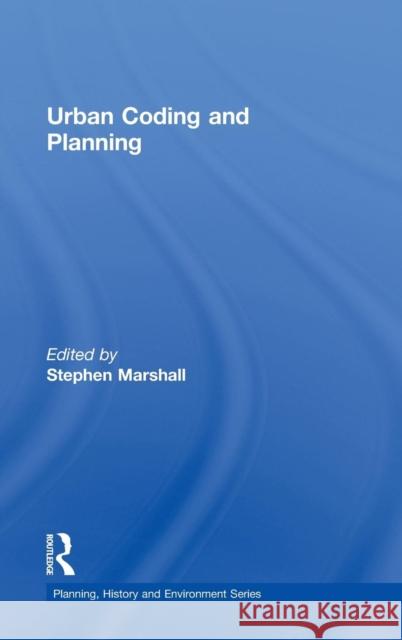Urban Coding and Planning » książka
Urban Coding and Planning
ISBN-13: 9780415441261 / Angielski / Twarda / 2011 / 260 str.
Urban Coding and Planning
ISBN-13: 9780415441261 / Angielski / Twarda / 2011 / 260 str.
(netto: 831,06 VAT: 5%)
Najniższa cena z 30 dni: 856,36
ok. 22 dni roboczych
Bez gwarancji dostawy przed świętami
Darmowa dostawa!
Urban codes have a profound influence on urban form, affecting the design and placement of buildings, streets and public spaces. Historically, their use has helped create some of our best-loved urban environments, while recent advances in coding have been a growing focus of attention, particularly in Britain and North America. However, the full potential for the role of codes has yet to be realized. In Urban Coding and Planning, Stephen Marshall and his contributors investigate the nature and scope of coding; its purposes; the kinds of environments it creates; and, perhaps most importantly, its relationship to urban planning. By bringing together historical and ongoing traditions of coding from around the world - with chapters describing examples from the United Kingdom, France, India, China, Japan, Australia, South Africa, the United States and Latin America - this book provides lessons for today's theory and practice of place-making.
One of the most significant recent innovations in urban planning, born of New Urbanism, is the revival or reinvention of the practice of coding – by which a set of written rules and graphical specifications are used on an area-wide basis to direct the design of individual buildings and their relationships to streets and overall urban layout.
Stephen Marshall and his contributors investigate the nature and contribution of urban coding, and its merits and demerits which are conceptually distinct from, but often bound up with, the merits and demerits of conventional town planning. The book investigates different kinds of urban coding, from different geographical areas, and from a historical perspective to the present day.











